The XR Week Peek (2023.05.15): Google confirms headset with Samsung, Ultraleap teases a new device, and more!
The Ghost Howls
MAY 15, 2023
Top news of the week (Image by Google) Google announces important AI and XR news at Google I/O This Google I/O has seen immersive realities back to the menu. But to summarize, the most important XR-related tidbits have been: Google confirmed that is still working with Qualcomm and Samsung to build an XR headset.

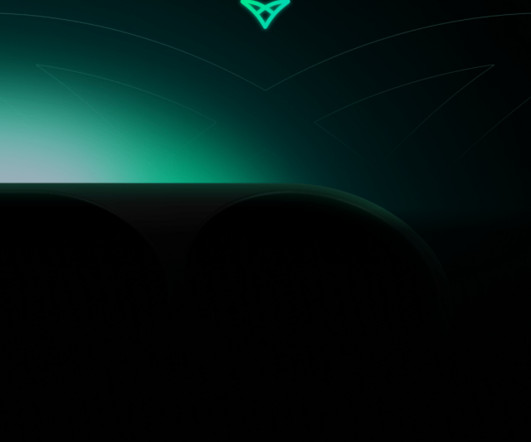


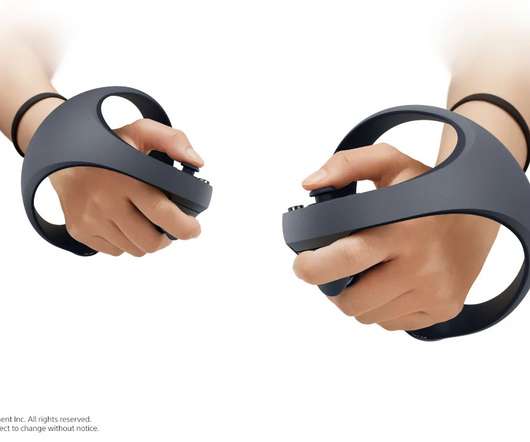



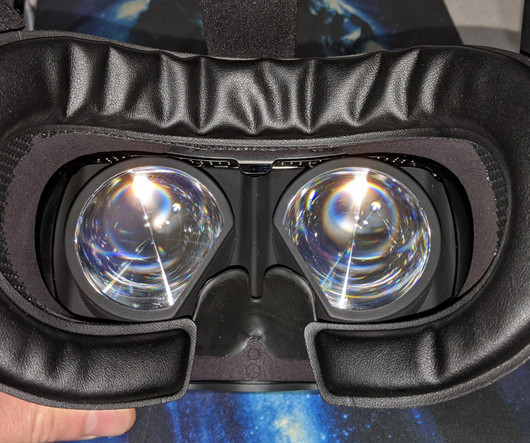
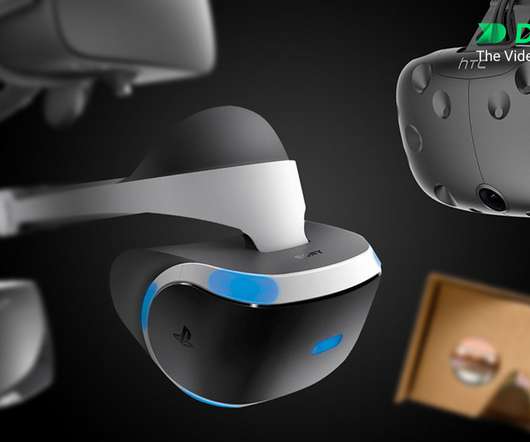

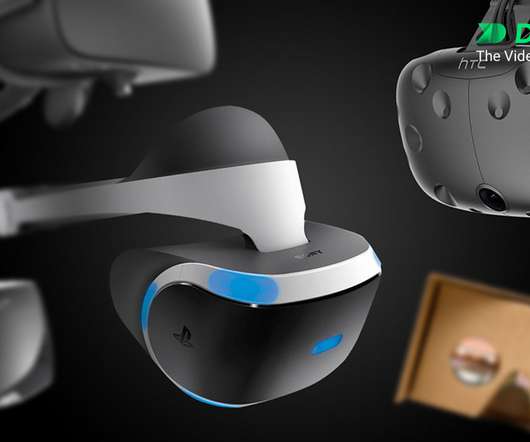
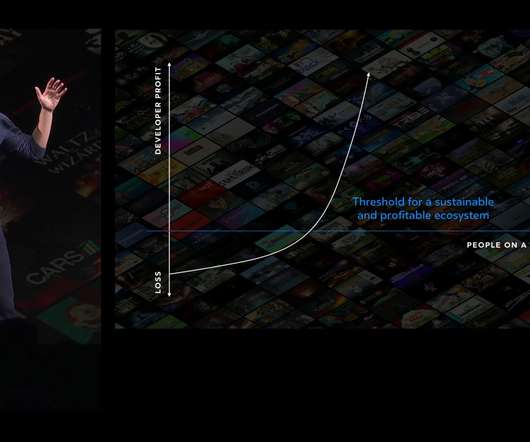





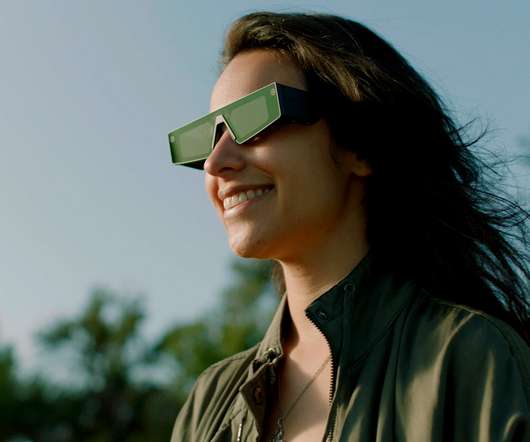








Let's personalize your content